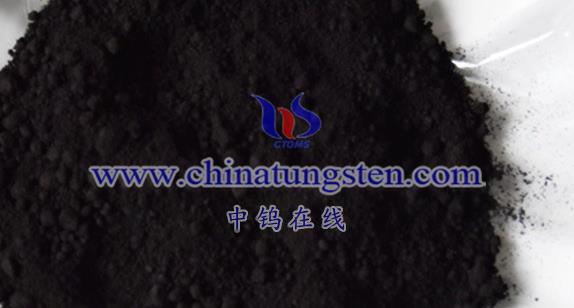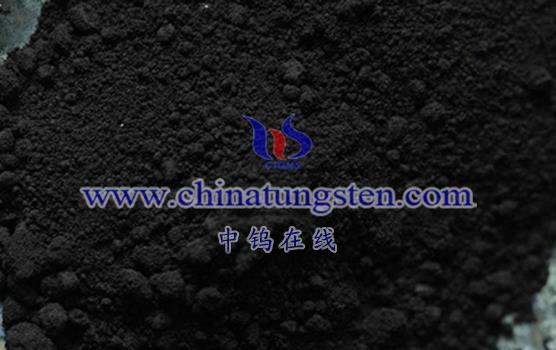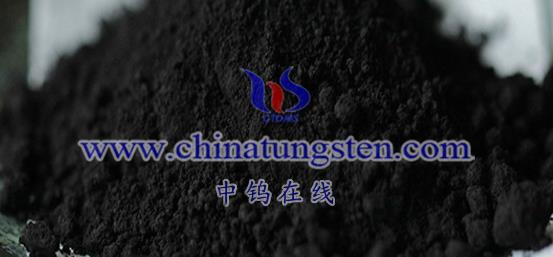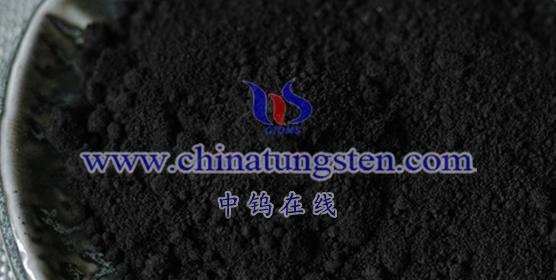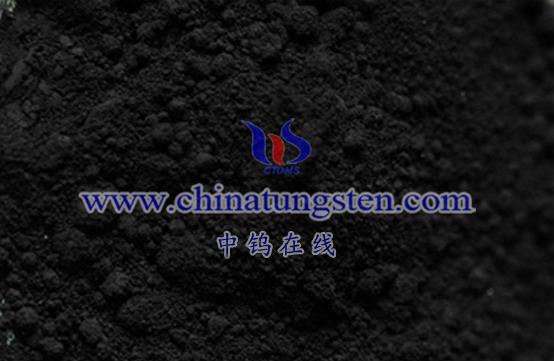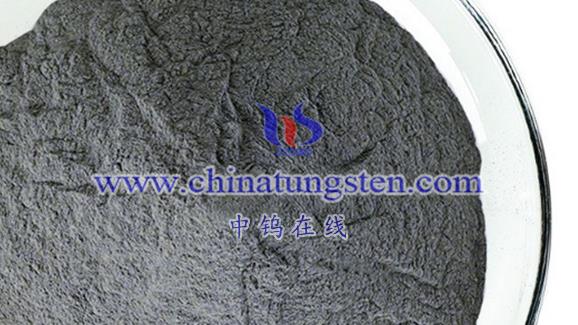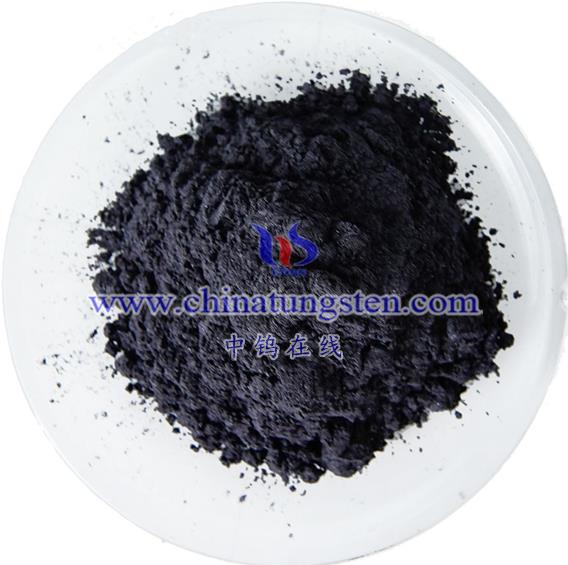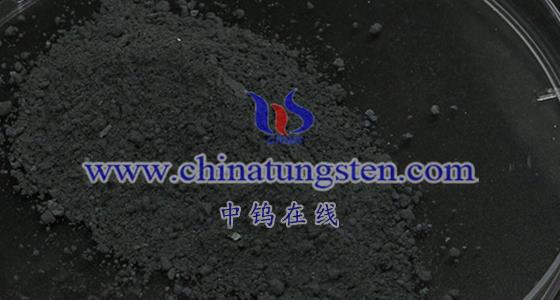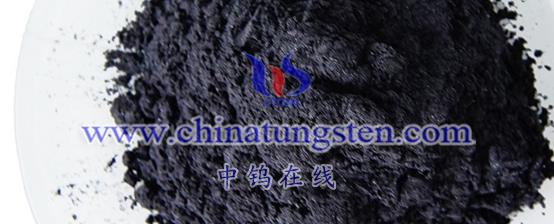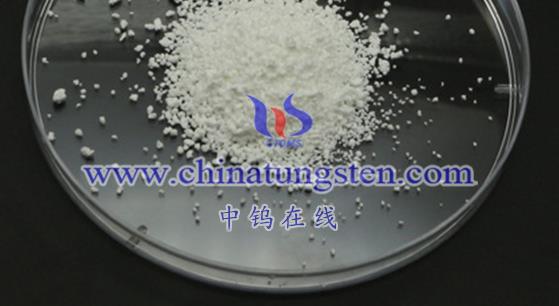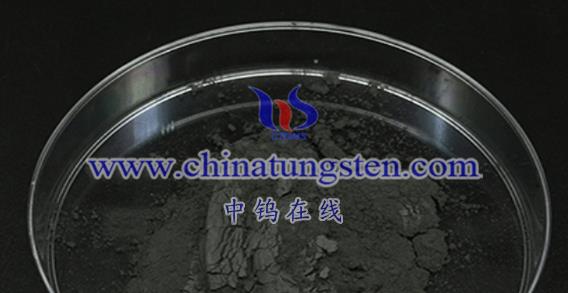
The production of defect-state tungsten oxide (WO₃₋ₓ) involves various processes aimed at introducing oxygen vacancies to alter its physical and chemical properties. Here are some common production methods:
- Vacuum Thermal Evaporation Coating Method This method utilizes a vacuum thermal evaporation coater. The steps are as follows:
- Connect a tungsten source to the evaporation electrode in the vacuum coater and place the substrate 2–100 mm from the tungsten source.
- Start the mechanical pump to evacuate the vacuum coating chamber, then introduce oxygen and inert gases to stabilize the chamber pressure.
- Heat the tungsten boat to 1200°C or higher, causing the tungsten surface to oxidize and sublime into a gaseous tungsten oxide layer, which grows into a solid tungsten oxide on the substrate.
- Close the oxygen valve to halt the oxygen supply, conducting high-temperature oxygen-deficient treatment to form oxygen vacancies in the tungsten oxide.
- Finally, shut off the evaporation power and let the substrate cool to room temperature in the vacuum chamber, obtaining oxygen-deficient tungsten oxide photocatalysts. This method produces defect-state tungsten oxide with high crystallinity and structural stability, and it’s easy to control.
- Hydrothermal Synthesis Method The hydrothermal synthesis method is a simple and commonly used process. The steps include:
- Dissolve a tungsten source (e.g., sodium tungstate or ammonium tungstate) with additives like citric acid or glucose in deionized water to form a clear solution. Adjust the pH of the solution to form specific tungsten ion complexes.
- Place the solution in a high-pressure reactor and heat it to a certain temperature (e.g., 120°C, 180°C) for hydrothermal reaction, allowing tungsten ions to hydrolyze, oxidize, and crystallize into tungsten oxide nanoparticles or nanowires.
- After the reaction, wash the product with deionized water and anhydrous ethanol, then dry it to obtain defect-state tungsten oxide.
- By adjusting reaction temperature, time, pH, and the types and amounts of additives, this method can control the morphology and defect concentration of tungsten oxide.
- Chemical Vapor Deposition (CVD) Method Chemical vapor deposition is another effective way to produce defect-state tungsten oxide. This method uses a gaseous precursor that decomposes or reacts at high temperatures to deposit a tungsten oxide film on a substrate. By controlling deposition conditions (temperature, gas flow rate, pressure, etc.), oxygen vacancies can be introduced and their concentration adjusted.
- Calcination Method In some cases, calcination of pre-existing tungsten oxide materials can introduce oxygen vacancies. For example, ordinary tungsten trioxide (WO₃) can undergo reduction treatment at high temperatures, causing partial oxygen atom removal and resulting in defect-state tungsten oxide. This method is straightforward but requires careful control of calcination conditions to avoid sintering or excessive reduction.
Precautions for the Production of Defect-State Tungsten Oxide During production, it is essential to strictly control various parameters to ensure product quality and performance. The properties of defect-state tungsten oxide are significantly influenced by the concentration and distribution of oxygen vacancies. Thus, characterization techniques (such as X-ray diffraction, transmission electron microscopy, etc.) should be used to monitor and control its structure and properties. Storage and transportation of defect-state tungsten oxide should also avoid contact with moist air to prevent changes in its properties.
More details of tungsten oxide product, please visit website: tungsten-oxide.com
Please contact CHINATUNGSTEN for inquiry and order of tungsten oxide:
Email: sales@chinatungsten.com
Tel.: 86 592 5129595
